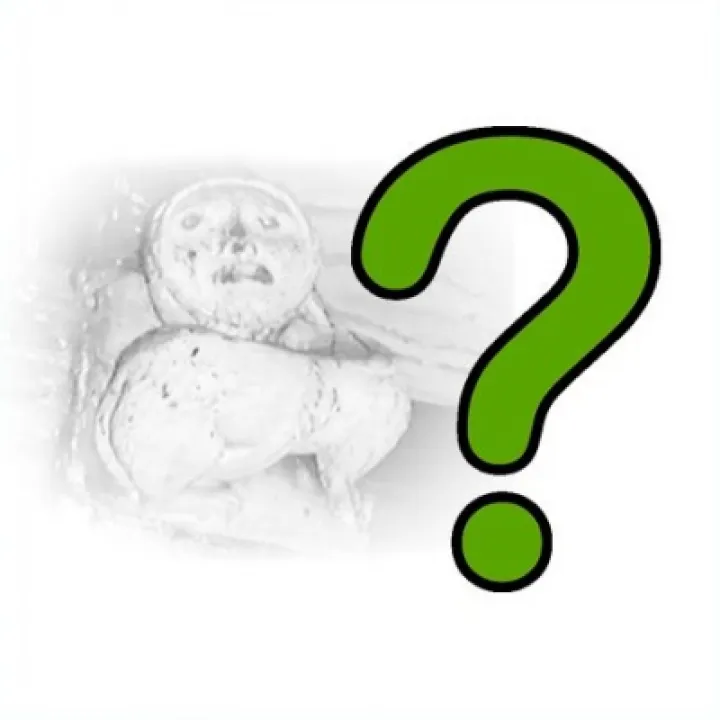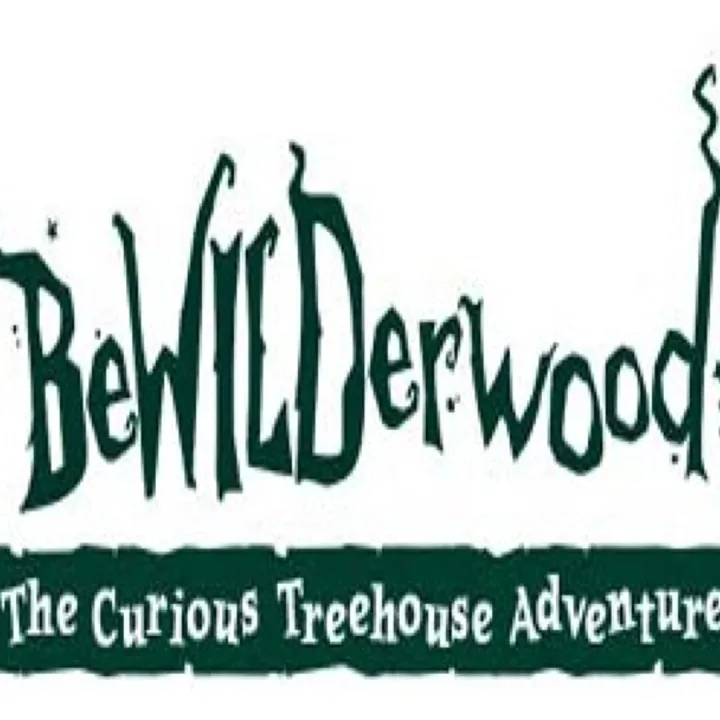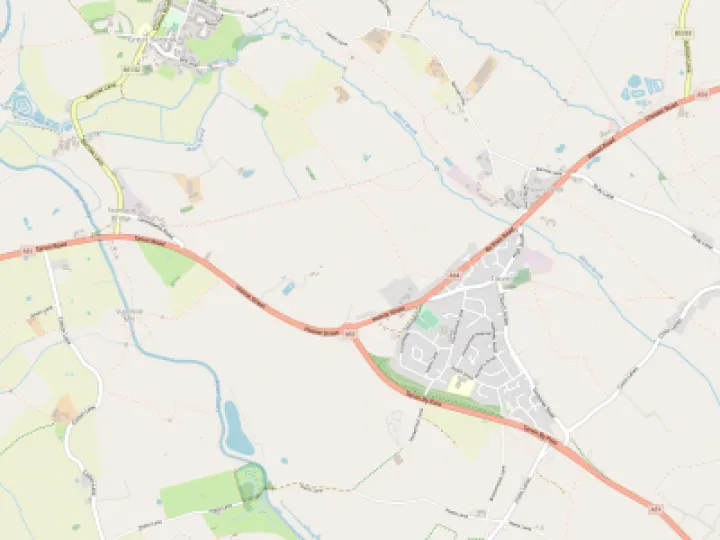What on Earth is a "dead" hedge?
While walking through the woodland, many people have been puzzled by the work which is being done by volunteers at the edge of the 'wilding' area. The sides of the area which run along the bridle way are edged by the woodland's post and rail fencing. To these, sheep netting has been attached and these are not at present being touched. However, the other two sides (which do not form one of the woodland's external boundaries) have chestnut paling fencing to separate off the wilding area. It is just inside the chestnut paling that the work is going on. This work is to create a "dead" hedge.
Hedges, of course, are used to provide boundaries and on farms they are usually made by planting thorn bushes – both hawthorn and blackthorn can be used – and these are then shaped by encouraging the growth of the bushes so as to thicken and strengthen the hedge. A thorn hedge, well "laid", is completely stock-proof. The original field boundaries on the land that now forms the woodland had such hedges and we have retained these historic boundary markers. You walk past them each time you use the woodland.
A dead hedge, on the other hand, does not grow. It is made by creating two parallel lines of posts and laying the branches of felled trees between the rows. These are then interwoven for strength and all the other brash and trimmings can thereafter be used to fill gaps and to fasten the components together. Such a hedge will, of course, have a limited life but, for us, it will provide a number of advantages: it will strengthen the boundary fence, it provides us with a way of disposing of all the brash that results from the occasional felled tree and, perhaps most importantly, it immediately provides shelter for small creatures in a form that is much more attractive that the piles of brash and sticks! It has the additional advantage that it does not all need doing at once – it can be extended as additional material becomes available and it can easily be repaired and rejuvenated when its contents begin to settle and decay, enabling even more brash to be "disappeared"! We haven't been converted away from living hedges – ALL of the historic field boundaries are living hedges and these are maintained by our volunteers each year. But this different type of hedge, with its very different structure, has a completely different job to do and, for what we want in the wilding area, a dead hedge is definitely a good hedge!
Pete Maiden, Woodland Trustee and Tarvin's Village Tree Warden, is enthusiastic about dead hedges. He says that they are " an easy way to get rid of the huge amounts of brash that we create, they are excellent for wildlife, they are more natural to look at than would be piles of brash and, as they rot down, we can top them up again!" What a great way to deal with the enormous amounts of loppings, prunings and trimmings that the woodland produces each year!
Quick Links
Get In Touch
TarvinOnline is powered by our active community.
Please send us your news and views.







